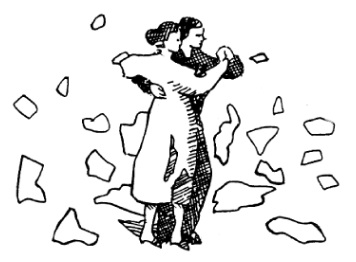 |
Enoch & Metatron | 
|
| INDEX Japanese | ||
morphic resonance
You know the saying, "What happens twice will happen three times." Alfred Rupert Sheldrake is a British former biochemist and plant physiologist. he has thought, there is always truth in this. He has tried to define this as a word of "morphic resonance". I will often quote "morphic resonance " in my site. In general his theory is called, "Morphogenetic Field Theory".
Briefly, his idea goes as follows: an occurrence, which happened in a man (or a thing), is transmitted to the other man (or the other thing), although they do not have any close contact one another.
- Every system of morphogenetic field inherits from the morphogenetic fields of previous similar systems. (a temporal correlation)
- The occurrence, which occurred to the distant place, influences the occurrence of another side. (a spatial correlation)
- This can be available not only a morph but also acting.
- The procces of "morphogenetic field", called "morphic resonance", causes these occurrences.
Many persons say that Sheldrake's theory is pseudoscientific and criticize him strongly in public. However, they only believe in "a homogeneous random chance" while ignoring "the bias of chance". It is easy to criticize him without an alternative theory. Nobody can explain the bias of chance, such as the story of telephone or knee-ache. Strictly speaking, nobody has proved that "a homogeneous random chance" can exist in the real world yet. Before makeing light of his theory, they have to reconsider correctly the modality of "chance" "accident" or "fortune". Such like this contention is called "metaphysical questions" in general.
Experiment on television
Å@On BBC in 1983, there was a series of television experiments that used hidden images in puzzle pictures (see illustration below).
| Puzzle Pictures for BBC Experiment | |
| Puzzle Picture 1 | Puzzle Picture 2 |

|

|
| the hidden images | |
| Picture 1 | Picture 2 |

|

|